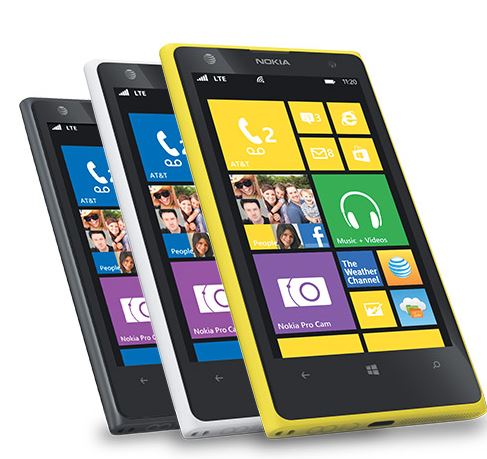Forget the iPhone 5C; the myth of the low-cost smartphone


After reading James' post this morning where he compared smartphones to fast food restaurants, it got me thinking more about the price of smartphones and the myth associated with the advertised price. When you look at the total cost you will pay in the US for your phone and service, there is rarely any reason to select the mid to low range phone and in the end it may cost you more.
The current iPhone rumors state that Apple will announce both an iPhone 5S, as expected, and an iPhone 5C. The 5C is believed to be a low-cost iPhone that would likely kill off the current practice of selling older iPhones at significantly reduced initial prices. I personally don't think Apple should launch a cheap iPhone line and when you look at carrier pricing in the US it doesn't make much sense to ever buy the cheaper phone in the store.
Most US wireless customers are focused on the initial subsidized phone price and when we see press releases and announcements for new smartphones the subsidized price is always emphasized. The actual full price of the phone is often difficult to find and rarely included in a press release.
T-Mobile is the only major US carrier that breaks out the actual price of the phone from the monthly carrier fees. When you pay off the phone you are not saddled with the infinite phone subsidy that the other carriers charge. That is why all, except for T-Mobile's JUMP!, of the early upgrade "incentive" plans that carriers recently launched are a scam to get you to pay for your phone at least twice.
Whether you pay nothing for your phone at the store or $200 (most common price for a high end smartphone), the total two year cost of your phone and wireless service contract amounts to nearly the same amount. For example, a single line on AT&T with 3GB of data and minimum minutes runs you about $85/month. Multiplied by 24 months, the length of the full subsidized phone contract, totals $2,040. Thus, getting a phone for free only saves you about 9 percent.
This example is for a single line at the lowest cost. If you look at Verizon, a single line with minimal data will cost you about $110 per month and with Sprint that is closer to $120 per month. Thus the savings gets reduced to 7 percent and 6 percent, respectively. The more data you add to your monthly plan, the less savings you will see from that initial phone purchase. Also, if you continue to use your phone after the 24 months then you continue to pay for it even though it is paid off which results in any kind of initial phone savings going out the window.
The difference between the high end phone and the free phone can be significant, in terms of functionality, quality, reliability, likelihood of upgrades to keep it current, and more. I understand that people want to reduce spending, but I am not convinced that saving $200 initially is even worth the consideration.
If you go with a carrier like T-Mobile or pay full price for your phone with another carrier, then it is possible to save more. You could pick up a full price Lumia 521 for $144, or less, and that does indeed offer a significant savings compared to a Nokia Lumia 925 at $528. Windows Phone doesn't have nearly the differentiation in experience that we see on low and high end Android devices either.
Don't be so quick to jump on that free or low cost phone the next time you get ready to visit your carrier store. Take a look at the two year total cost and decide if saving a few dollars a month is worth the possible cost of frustration dealing with a cheaper phone.